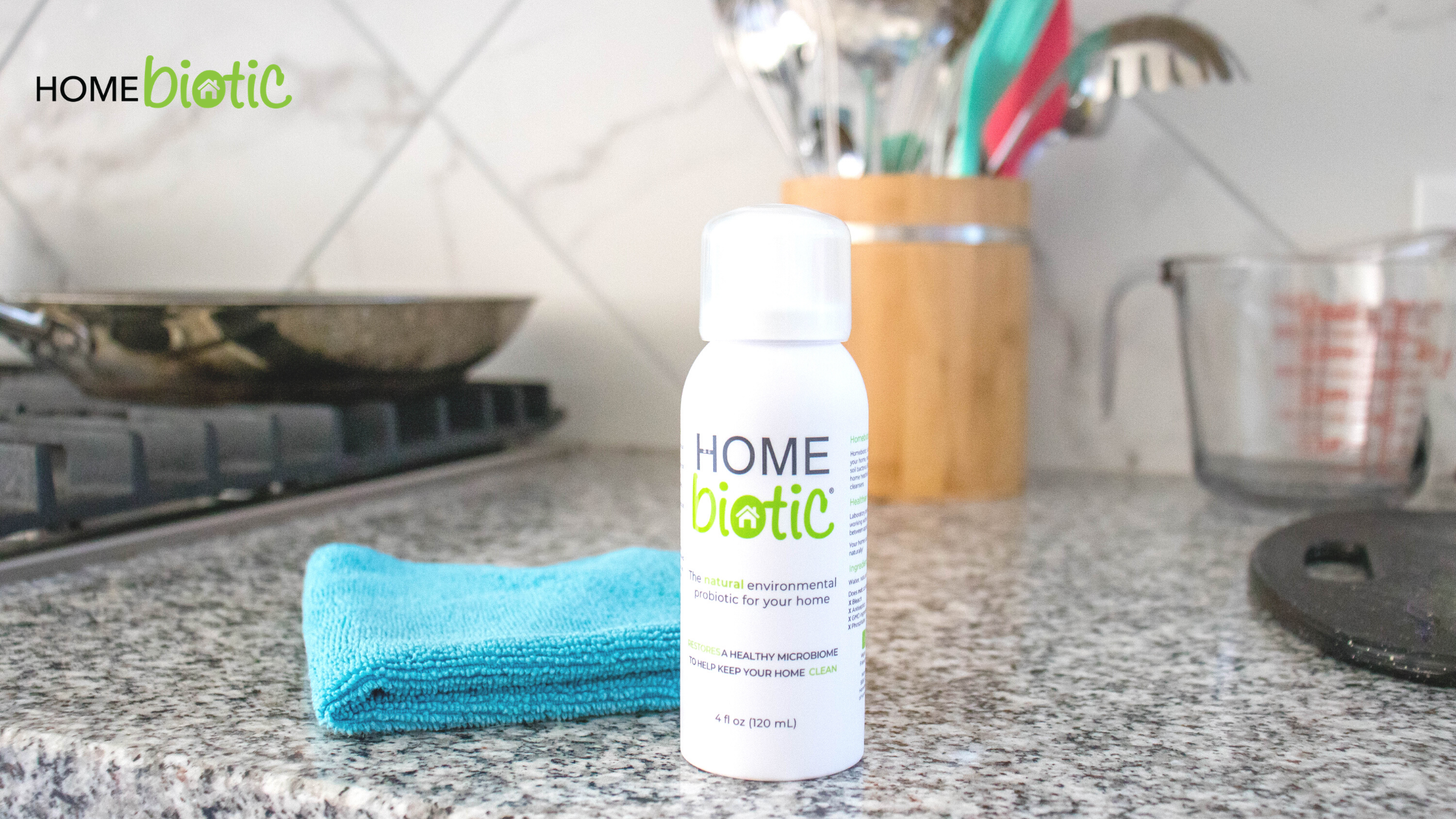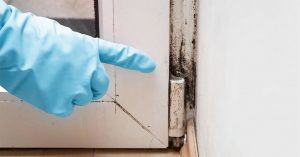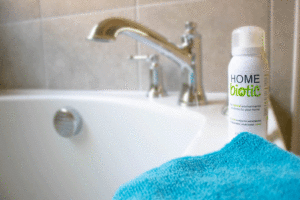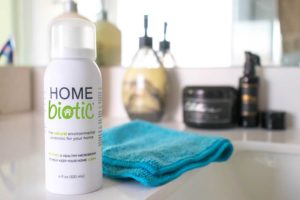How Do You Use Homebiotic Spray?

We love our Homebiotic Probiotic Spray (we may be slightly biased). We also want you to love our Homebiotic Probiotic Spray. It is the perfect addition to any natural cleaning routine and it is extremely user-friendly. So how do you use Homebiotic Probiotic Spray?
Homebiotic is classed as an environmental probiotic – but what does that mean?
You’ve surely heard of probiotics for your gut – well, Homebiotic works similarly. Your gut microbiome is made up of millions of bacteria – recent research suggests that you have one bacteria organism for every cell in your body!1 Humankind and bacteria have been living in harmony for millennia – the bacteria need you for access to the food you consume, and in return, they make enzymes that are beneficial to your digestion2 as well as many other hidden benefits for your body. When you consume a probiotic, you’re adding to the colony in your gut, and aiding the friendly bacteria in protecting you from the more harmful species – as well as fungal growth.
You’ve surely heard of probiotics for your gut – well, Homebiotic works similarly. Your gut microbiome is made up of millions of bacteria – recent research suggests that you have one bacteria organism for every cell in your body! Share on XPROBIOTICS FOR YOUR HOME
Unless you’re permanently armed with cleansers, a sponge, and a manic gleam in your eye – your home is covered with bacteria. And that’s a good thing. Because bacteria, on the whole, are not the enemy – sure, there are species that are good to protect against when preparing food or handling basic bodily functions, but there’s absolutely no reason to fear the majority of bacteria in your home.
Homebiotic is:
- An all-natural, carefully formulated blend of probiotic soil bacteria suspended in pure water – our proprietary blend of bacteria only includes harmless species, also found in digestive probiotics or fermented foods.
- Free of artificial scents.
- Free of preservatives, color, and enzymes.
- Safe around humans and pets.
You need Homebiotic when there’s an imbalance in your home microbiome. Where you may have used disinfectants, all the bacteria are wiped out – but unfriendly bacteria returns first and takes over. This bad bacteria doesn’t compete with mold, so mold in your home is allowed free rein to grow.
You need Homebiotic when there’s an imbalance in your home microbiome. Where you may have used disinfectants, all the bacteria are wiped out – but unfriendly bacteria returns first and takes over. This bad bacteria doesn’t compete with… Share on XHomebiotic isn’t a fungicide or a cleaning spray – however, it’s perfect to use once you’ve identified and fixed the underlying cause and physically removed existing mold.
 MOLD & HOMEBIOTIC
MOLD & HOMEBIOTIC
You may be excited to start spraying your bottle of Homebiotic around your home, but if you’ve already got a mold problem, there are steps you need to take first. If the mold issue is minor, you can remedy it with the steps below. If it’s more serious, we recommend contacting a local mold remediation service.
1. Repair The Underlying Reason For Mold
Mold thrives in a humid environment with enough delicious food around – the cellulose in wood and drywall is a favorite.4 You can reduce the humidity by fixing the source of moisture. If there’s a leaky pipe it needs to be dealt with before you begin cleaning – same goes for leaky windows or condensation issues.
2. Clean Up The Mold
Use the Homebiotic Surface Cleaner to clean up the mold. We recommend avoiding the use of bleach when tackling mold, as it can’t remove mold from porous surfaces such as wood, and can actually cause mold to become more harmful. Bleach will also kill your home microbiome indiscriminately – including the helpful bacteria that actively help protect against mold.
For all surfaces:
- Spray Homebiotic Surface Cleaner on the moldy area.
- Use the Homebiotic Nano Sponge to wipe away mold, dirt, and grime without cultivating harmful bacteria found in conventional sponges. Allow to dry.
- Repeat as many times as necessary.
3. Apply Homebiotic
After dealing with a mold issue, we recommend using Homebiotic Probiotic Spray on the affected areas of your home once a day for a week, to help the friendly bacteria colony to reestablish and take charge. After this period, a light mist in each area once per week is usually all that’s needed. Most Homebiotic users apply it as the last step of their regular cleaning routine.
Homebiotic can be sprayed in the following areas to prevent mold:
- Around windows and doors
- Under sinks
- Basement
- Car or other vehicles – even boats
- Carpets near external doors
- Cabinets
- Mattresses
- Dog or cat beds
- Camping equipment
- Soil of houseplants
- Air conditioner – spray directly on the coils and drip pan, and into the ducts
- Shower
- Washing machine
If you’re spraying areas in contact with water – like the shower and the washing machine – be aware you have to reapply Homebiotic Probiotic Spray after every use, as Homebiotic is water-soluble and may be washed away.
Store Homebiotic at room temperature with other cleaning products, out of direct sunlight. Be mindful of the use-by date – as Homebiotic is a living probiotic solution, it can become less effective after that point.
BUILD A HEALTHY HOME DEFENSE WITH HOMEBIOTIC
Homebiotic is a safe and reliable way to keep the sources of musty odors, black staining, and grime at bay – instead of splashing around chemical-heavy disinfectants. The spray can be used in a wide variety of places to keep your home healthy. Homebiotic is a natural choice to balance your house’s microbiome without compromising your health.
REFERENCES
1. https://www.ncbi.nlm.nih.gov/pmc/articles/PMC4991899/
2. https://www.ncbi.nlm.nih.gov/pmc/articles/PMC5847071/
3. https://www.ncbi.nlm.nih.gov/pubmed/18086226
4. https://www.pubs.ext.vt.edu/2901/2901-7019/2901-7019.html


